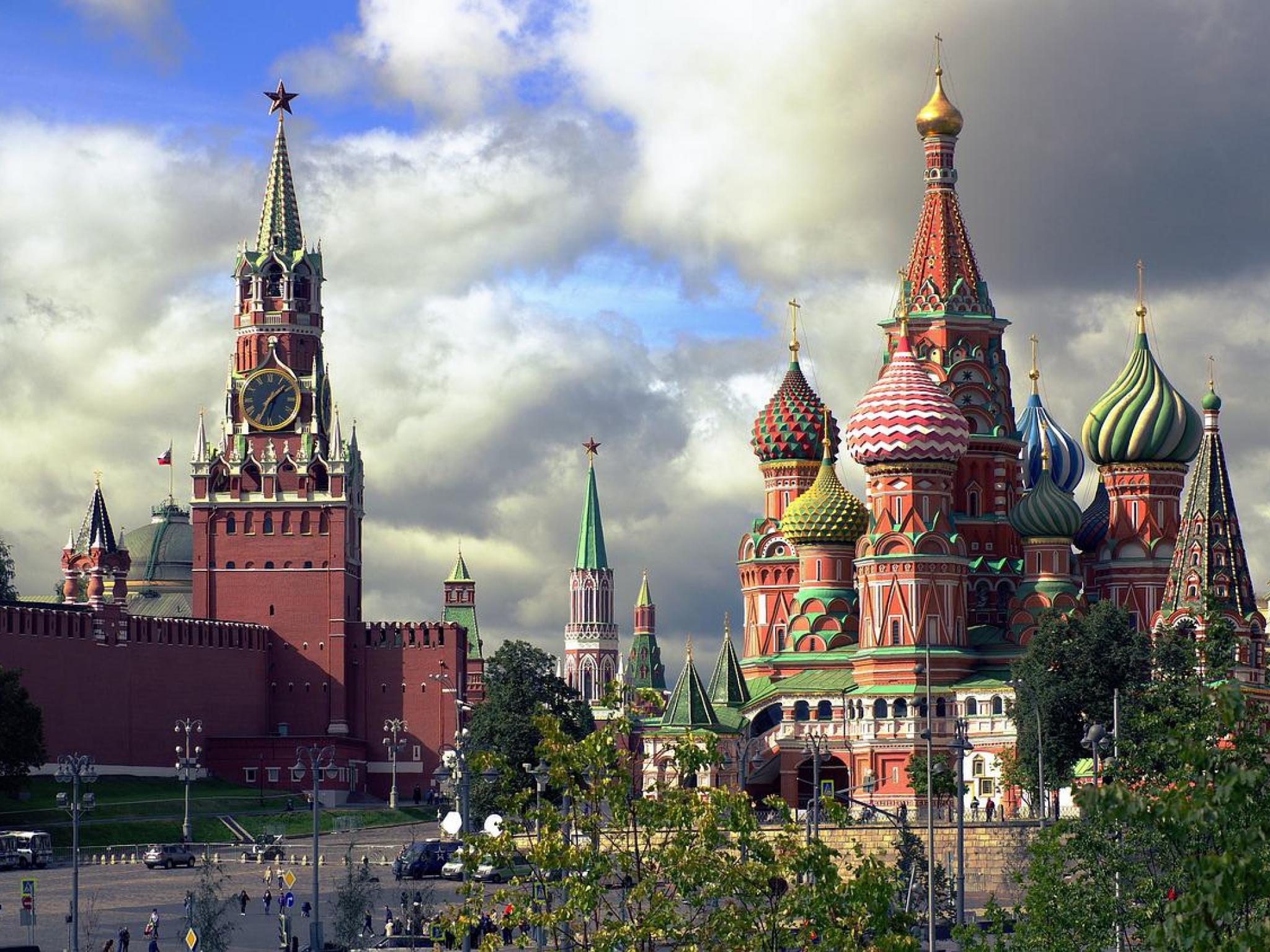
The U.K. government revoked the Moscow Exchange's status as a “recognized stock exchange” last week. The action came in response to Bank of Russia’s Feb. 28 decision to institute restrictions on foreign investors after international sanctions were placed on Russia following its invasion of Ukraine.
"With the Moscow Stock Exchange failing to withdraw their restrictions on foreign investors, the U.K. had no choice but to remove its recognized status," said Lucy Frazer, financial secretary to the Treasury, in announcing the government’s decision.
"This will stop further money being channeled into Russian assets and send a clear message that there is no case for new investment in Russia."
This decision further isolated the Moscow Exchange from the global financial environment, intensifying the pariah status of an entity that was once hailed as being among the most vibrant platforms for global investors.
An Exciting Ascent: The Moscow Exchange is the union of two exchanges created in the wake of the Soviet Union’s demise and the establishment of the Russian Federation: the Moscow Interbank Currency Exchange (MICEX) and the Russian Trading System (RTS). The two exchanges had a combined capitalization valued at $4.5 billion ahead of their merger in December 2011, and the new entity was hailed in Russia as being the nation’s platform to emerge as an international financial center.
"Today we celebrate the merger of the two exchanges, and tomorrow we get back to work on building a world-class financial infrastructure for Russia," said Ruben Aganbegyan, president and CEO of the combined entity, on the day of its merger.
The Moscow Exchange raised approximately $500 million in an initial public offering on Feb. 15, 2013, the largest Moscow-based IPO up to that time. The IPO generated interest from institutional investors around the world and was more than twice oversubscribed.
Over the years, the Moscow Exchange expanded its focus to include trading markets in bonds, derivatives, equities, foreign exchange, money markets and precious metals. It also took on the operations for Russia's central securities depository and became Russia's largest clearinghouse.
According to a Reuters report, foreigners owned about 80% of the tradable stocks on the Moscow exchange as of July 2021, which were worth approximately $200 billion. That was up from 65.6% in 2020.
According to Natalia Loginova, the Moscow Exchange’s head of primary markets, the majority of global institutional investors putting their money into Russia’s stock market were from the U.S. and Canada (54%), with 22% from the U.K. and 21% from elsewhere in Europe.
See Also: How to Profit from a Market Crash & Volatility with Options ft. Matt Maley - China, Ukraine, Russia
A Dismal Decline: The Moscow Exchange weathered a period of volatility in 2014 when Russia invaded Ukraine and annexed the Crimea region. Despite condemnation and limited sanctions by the U.S. and European nations against the government of President Vladimir Putin, the Russian stock market continued operating throughout that crisis.
But with Russia’s invasion of Ukraine in February, the Moscow Exchange found itself in a very different environment. On Feb. 24, the Russian government shut down the Moscow Exchange, and three days later issued a new mandate that prohibited foreign investors from selling securities. Trading did not resume until March 24, but only with new restrictions that included a ban on short selling.
The Moscow Exchange quickly became the target of the retaliatory sanctions and political isolation aimed at Putin’s government following the war in Ukraine. On March 2, the Federation of European Securities Exchanges disassociated itself from the Moscow Exchange.
"In light of the Russian government's actions, the FESE Board has recommended that the General Assembly vote to exclude the Moscow Exchange from the association, stripping it of FESE observer member status," the organization said in a statement.
The World Federation of Exchanges (WFE), the global industry association for exchanges and clearing houses, suspended the Moscow Exchange from its organization on March 4. The Moscow Exchange had been a WFE member since 2009.
"This decision, which is consistent with the global response to this matter, was not taken lightly," said the WFE in a press statement, noting that the Moscow Exchange was not expelled, and the organization would review its status at a later date.
The aforementioned action by the U.K. government on May 5 that revoked the Moscow Exchange’s status as a “recognized stock exchange” prevents securities traded in Russia from receiving certain U.K. tax treatments and reliefs. However, this would only apply to new investments — existing investments will not be affected.
For its part, the Moscow Exchange has stoically carried on without dwelling on the unprecedented circumstances hampering its operations. In its first-quarter earnings report published last month, it reported fee and commission income during the quarter was up by 15.1% to approximately $151 million, which it credited to “robust trading volumes in January and February 2022.” It also noted that EBITDA rose by 17.8% to roughly $157 million and net profit grew by 18.5% to $11.4 million.
For the second quarter, the exchange curtly acknowledged that it “expects a meaningful decline in trading volumes that may persist in subsequent quarters.”
Photo: Oleg Shakurov/Pixabay.







